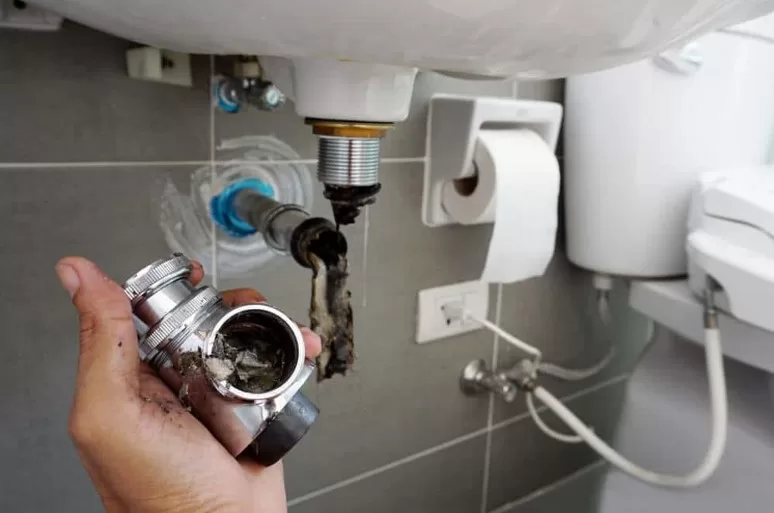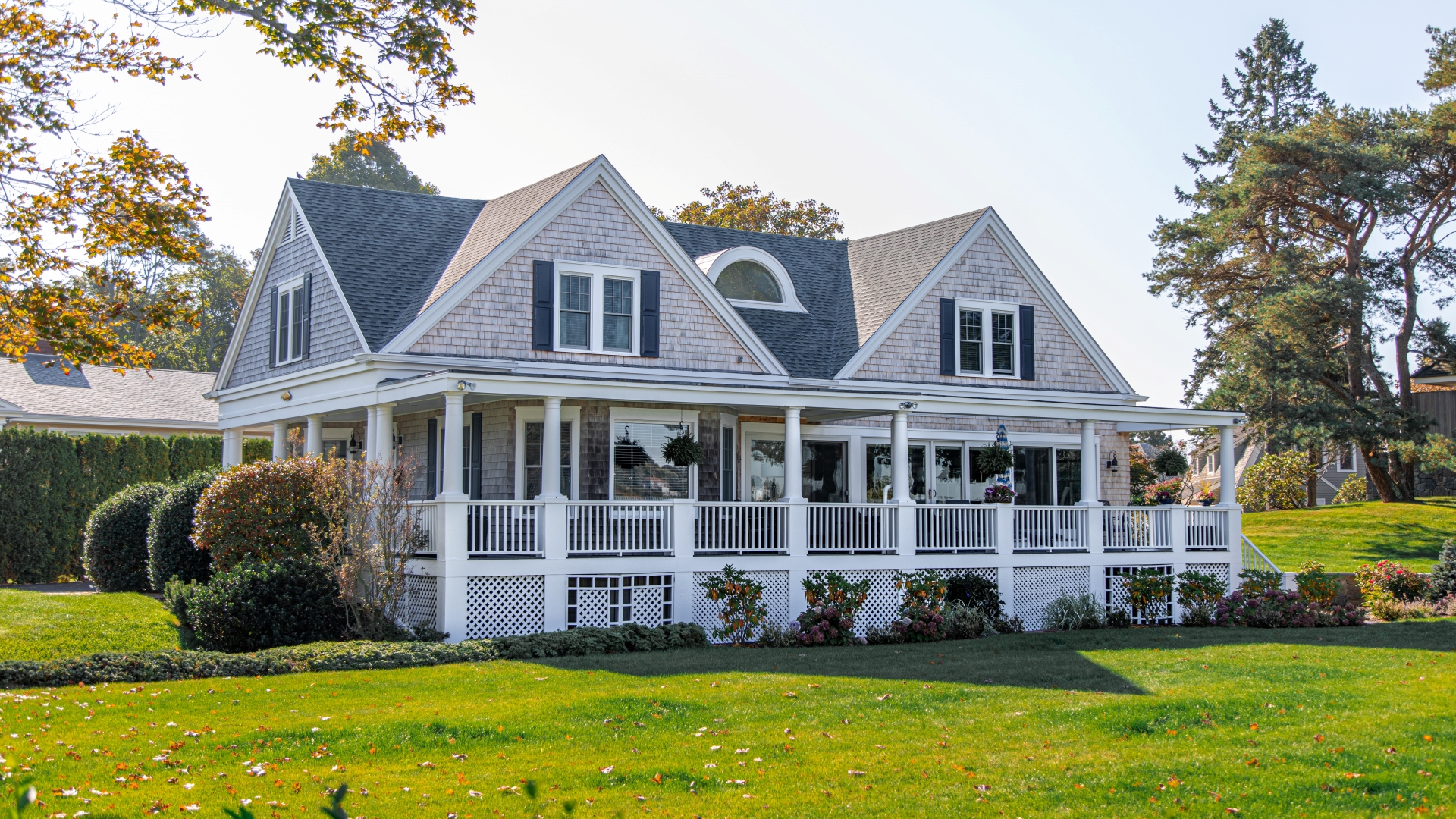Siding replacement is a significant home improvement endeavor, often marking a transformation in both aesthetics and function for a house. While the results can be exceptionally rewarding, the process demands careful planning and preparation. Taking the time to prepare adequately can save you both time and money. It can also alleviate many potential challenges that could arise during the project. This article offers several practical tips to ensure you’re ready when it’s time to breathe new life into your home’s exterior.
1. Do Your Research on Materials and Costs
The first step in preparing for a siding replacement is educating yourself on the various materials available. Popular choices include wood, vinyl, aluminum, and fiber cement. Each comes with its own set of benefits and potential drawbacks.
Wood: Offers a natural, classic look but may require regular maintenance.
- Vinyl: Known for its durability and minimal upkeep but has a more synthetic appearance.
- Aluminum: Resilient against elements but can dent more easily.
- Fiber Cement: Offers the appearance of wood without the maintenance, but it’s heavier and may be more expensive.
It’s also essential to get an idea of costs. Get multiple estimates from contractors and compare what they include in terms of labor, materials, and potential additional fees. And when consulting with these contractors, it’s crucial to ensure they come highly recommended by previous clients. Given the significance and potential long-term impact of siding replacement, prioritizing quality and expertise over just the lowest bid can be beneficial. This is where the value of Siding Replacement experts truly shines through. Not only will they provide you with a comprehensive breakdown of expenses, but their wealth of experience can also guide you in making informed choices about materials, design, and even potential energy savings.
2. Plan for the Right Season
Siding replacements are heavily dependent on the weather. If it’s too cold, certain materials might turn brittle. If it’s too wet, the installation process might face delays. Generally, late spring to early fall is ideal for most regions, but this can vary depending on local climates.
Evaluate your local weather patterns and consult with contractors about the optimal time for the project in your area. This will ensure the work progresses without weather-induced interruptions and ensures the best results for installation.
3. Clear the Area Around Your Home
The next step in order to facilitate your contractor’s work is to clear the area surrounding your home. Relocate cars, gardening equipment, potted plants, and other potential obstructions. Ensuring a clutter-free workspace not only streamlines the crew’s efforts but also minimizes potential hazards and protects your possessions from any unintentional damage.
If you have shrubs or plants close to the walls, consider temporarily transplanting them or covering them with protective sheeting to prevent damage during the siding replacement process.
4. Notify Your Neighbors
Siding replacements can get noisy and may even disrupt the usual tranquility of a neighborhood, at least temporarily. Out of courtesy, let your neighbors know about the upcoming work. Giving them a heads-up, they can prepare for potential disturbances, which helps maintain a good neighborly relationship.
Plus, who knows? After seeing your home’s transformation, they might even ask you for contractor recommendations!
5. Prepare Your Home’s Interior
Believe it or not, the vibrations from siding installations can sometimes affect the interiors of homes. This can lead to the displacement of hung artworks, mirrors, or shelves.
Before the work begins, walk through your home and secure or remove any precariously placed items. It might also be a good idea to temporarily take down fragile or valuable items to prevent accidental damage.
6. Establish Clear Communication with Your Contractor
Before any work begins, ensure open communication lines with your contractor. Understand the timeline of the project, any potential disruptions to your daily life, and what might be required of you during the process.
A clear understanding will prevent misunderstandings and ensure the project progresses smoothly. You should feel comfortable asking questions and voicing any concerns you might have.
7. Budget for Unexpected Costs
While getting multiple estimates gives you a ballpark figure for the siding replacement cost, it’s always wise to set aside an additional 10-20% of the project’s total estimated cost. This contingency fund is for any unforeseen issues or complications that could arise during the replacement, such as discovering rot or damage once the old siding is removed.
8. Understand the Warranty and Maintenance Needs
Different siding materials come with various warranties and maintenance requirements. Before committing to a particular material, understand its long-term upkeep needs and warranty stipulations.
For instance, while vinyl might require less maintenance, it might come with a different warranty length than wood. By grasping these details upfront, you’re better prepared for the long haul, ensuring your siding remains in optimal condition for years to come.
9. Secure Permits and Ensure Compliance
Depending on your locality, replacing your siding might require specific permits. Failing to secure the necessary permissions can lead to fines or even having to redo some of the work. Before starting the project, check with local building departments or regulatory bodies to understand the necessary paperwork. Your contractor should usually handle this, but it’s always a good idea for homeowners to be aware and double-check.
10. Choose an Appropriate Color or Finish
The color or finish you select can dramatically impact your home’s overall curb appeal. Spend time browsing various color options and consider how they’ll look in different lighting conditions. Some siding materials can be painted, while others come pre-finished in selected colors.
Remember, while trendy colors might appeal now, neutral or classic shades might be more timeless and influence future property resale values.
11. Consider Energy Efficiency
Some siding materials offer better insulation properties, impacting your home’s energy efficiency. For instance, insulated vinyl siding or certain fiber cement options can add an extra layer of protection against the elements, potentially lowering heating and cooling costs.
Before finalizing your choice, consider the potential energy-saving benefits and factor them into your decision-making process.
12. Arrange Alternative Accommodations if Needed
While most siding replacements won’t require you to move out of your home, there might be instances where the noise, dust, or general work environment becomes inconvenient, especially if you’re working or studying from home.
Consider arranging alternative accommodations, like staying with family or booking a short-term rental. This can be especially useful if you have young children, elderly family members, or pets who might be particularly sensitive to the disturbances.
Summary
For a smooth siding replacement process, it’s essential to provide contractors with a clutter-free workspace around your home. This involves relocating vehicles, gardening equipment, and other items that may obstruct the work area. A clear space not only eases the job for the team but also diminishes the chances of accidents and safeguards personal belongings from potential damage.










